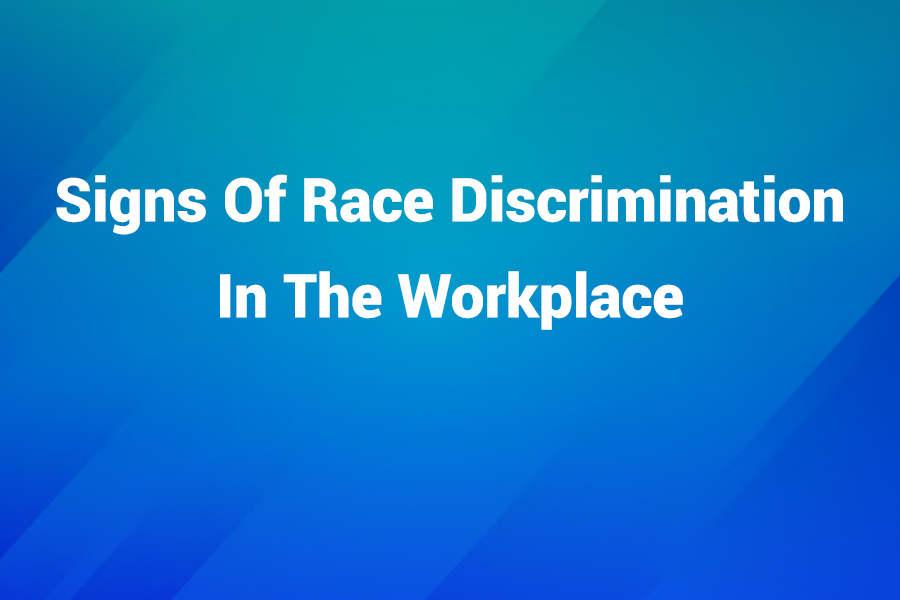Estimate spousal support payments based on California guidelines
Estimated Alimony Results
Disclaimer: This calculator provides estimates based on general guidelines and is not legal advice. Actual alimony amounts may vary based on court decisions, specific circumstances, and changes in California law. Consult with a qualified attorney for legal advice.
Understanding California Alimony Laws
Types of Alimony in California
California recognizes several types of spousal support, including temporary support during divorce proceedings, rehabilitative support to help a spouse become self-sufficient, and permanent support for long-term marriages. The court considers various factors when determining the type and amount of alimony to award.
Factors Affecting Alimony Calculations
California courts consider numerous factors when calculating alimony, including the length of the marriage, each spouse's earning capacity, the standard of living established during the marriage, each spouse's age and health, and any history of domestic violence. The goal is to maintain a similar standard of living for both parties after divorce.
Duration of Alimony Payments
In California, the duration of alimony payments typically depends on the length of the marriage. For marriages lasting less than 10 years, alimony is often awarded for half the length of the marriage. For marriages lasting 10 years or more, the court may not set a specific end date, though the goal is still for the supported spouse to become self-sufficient within a reasonable time.
Key Considerations for California Spousal Support
Temporary vs. Permanent Support
Temporary spousal support is awarded during divorce proceedings to maintain the status quo until the divorce is finalized. Permanent (or long-term) support is determined as part of the final divorce judgment. Temporary support is often calculated using a formula, while permanent support considers the factors outlined in California Family Code Section 4320.
Tax Implications
Since the 2019 tax law changes, alimony is no longer tax-deductible for the payer or taxable income for the recipient for divorces finalized after December 31, 2018. This significant change affects how courts calculate appropriate support amounts and how parties negotiate settlements. Understanding these tax implications is crucial when estimating the actual financial impact of alimony payments.
Modification of Alimony
California alimony orders can be modified if there is a significant change in circumstances, such as job loss, illness, or the supported spouse's remarriage or cohabitation. However, if the original agreement specifically states that alimony is "non-modifiable," the court cannot change the amount or duration except under extraordinary circumstances.
Termination of Alimony
In California, spousal support automatically terminates upon the death of either spouse or the remarriage of the supported spouse. Support may also end if specified in the court order or settlement agreement, such as after a certain period or when a specific event occurs (like retirement). The court may also terminate support if the recipient is not making reasonable efforts to become self-supporting.
California Alimony Calculation Methods
Temporary Support Formulas
For temporary spousal support during divorce proceedings, many California counties use guideline formulas. The most common is the "Santa Clara formula," which calculates support as 40% of the higher-earning spouse's net income minus 50% of the lower-earning spouse's net income, adjusted for child support payments.
Another common formula is the "Alameda formula," which calculates support as 40% of the higher-earning spouse's net income minus 50% of the lower-earning spouse's net income, with adjustments for tax consequences and child support obligations.
These formulas provide a starting point, but judges have discretion to deviate from them based on specific circumstances.
Long-Term Support Considerations
For long-term or permanent spousal support, California courts consider the factors outlined in Family Code Section 4320, which include:
- The earning capacity of each spouse and whether it's sufficient to maintain the standard of living established during the marriage
- The extent to which the supported spouse contributed to the other spouse's education, training, career, or license
- The ability of the supporting spouse to pay spousal support
- The needs of each spouse based on the standard of living established during the marriage
- The obligations and assets of each spouse
- The duration of the marriage
- The age and health of both spouses
- Any history of domestic violence
- The tax consequences to each party
- The balance of hardships to each party
- The goal that the supported party will become self-supporting within a reasonable period
DissoMaster Software
Many California family law attorneys and judges use specialized software called DissoMaster to calculate spousal support. This program considers various factors, including:
- Each spouse's income from all sources
- Tax filing status
- Deductions and credits
- Child support obligations
- Health insurance costs
- Mandatory retirement contributions
- Property tax payments
- Mortgage interest payments
DissoMaster helps calculate net disposable income for each spouse and provides guideline support amounts based on complex tax calculations and California guidelines.
Gavron Warnings and Self-Sufficiency
California courts may issue a "Gavron Warning" to the supported spouse, which formally notifies them of their obligation to become self-supporting within a reasonable period. This warning derives from the case In re Marriage of Gavron and is codified in Family Code Section 4330(b).
After receiving a Gavron Warning, if the supported spouse fails to make reasonable efforts toward self-sufficiency, the court may consider this as grounds to reduce or terminate spousal support. The warning is particularly common in cases where:
- The supported spouse has marketable skills but is not using them
- The supported spouse needs additional education or training to develop marketable skills
- The supported spouse has been receiving support for a significant period without making efforts toward self-sufficiency
The court's expectation of self-sufficiency is balanced against realistic factors such as age, health, and employment history.
Resources for California Alimony Information
Legal Resources
- California Courts Self-Help Center - Provides information on spousal/partner support
- California Family Code Sections 4320-4339 - Official legal statutes governing spousal support
- Local county law libraries - Offer access to legal research materials and forms
- California Department of Child Support Services - Provides information on how child support affects spousal support calculations
Professional Assistance
- Certified Family Law Specialists - Attorneys with specialized knowledge in family law matters
- Certified Divorce Financial Analysts (CDFA) - Financial professionals specializing in divorce-related financial planning
- Mediators - Help couples negotiate spousal support agreements outside of court
- Court-appointed financial experts - Provide neutral evaluations of financial circumstances
Self-Help Tools
- California Judicial Council Forms - Official court forms for requesting or modifying spousal support
- County-specific local forms - Additional forms required by specific California counties
- Court-based self-help centers - Provide guidance on completing forms and understanding procedures
- Online calculators - Tools to estimate potential support amounts (note that these are estimates only)







